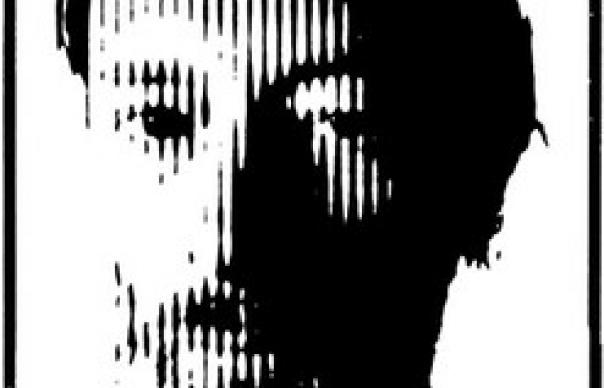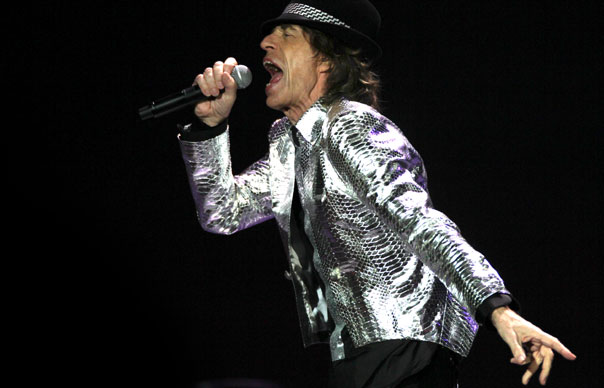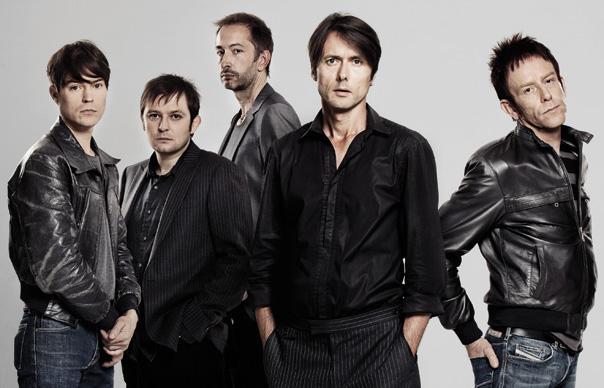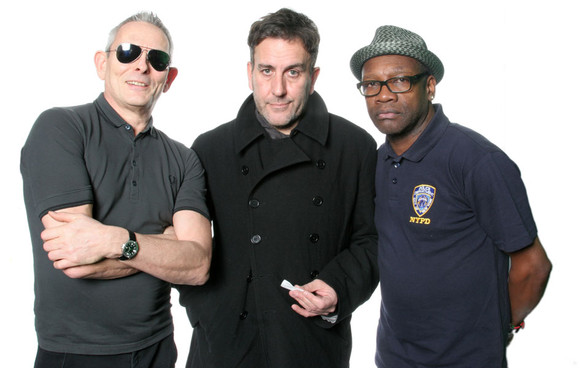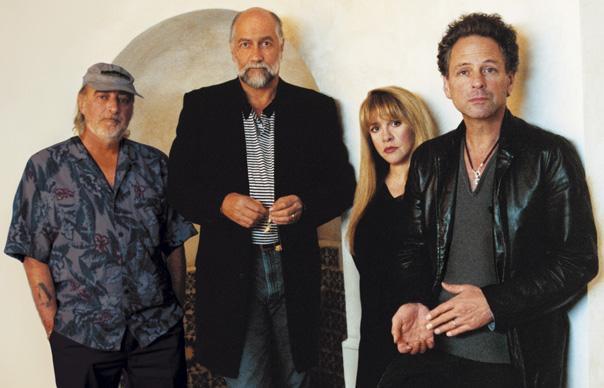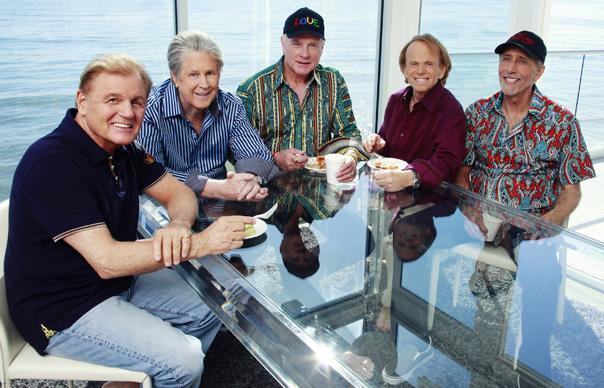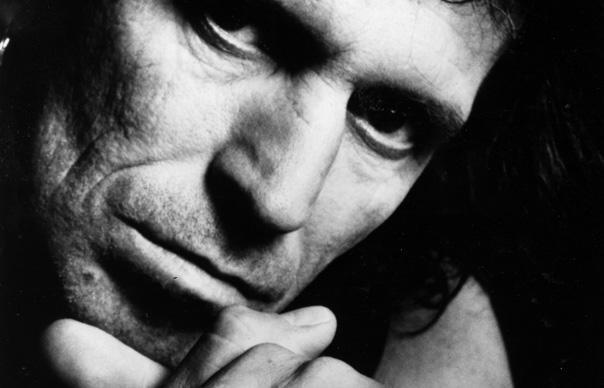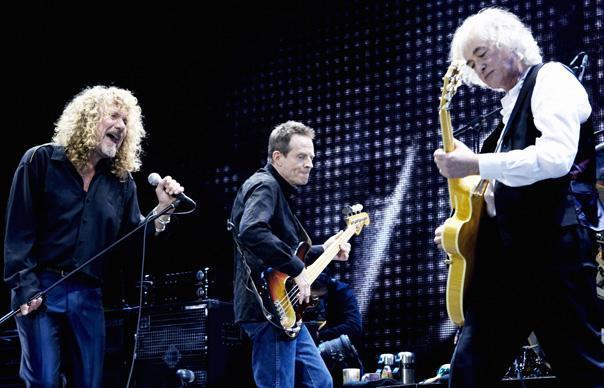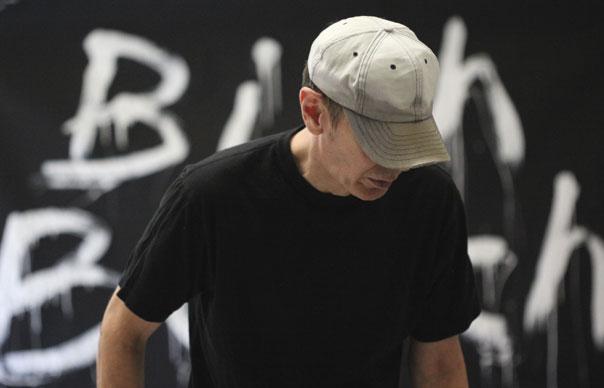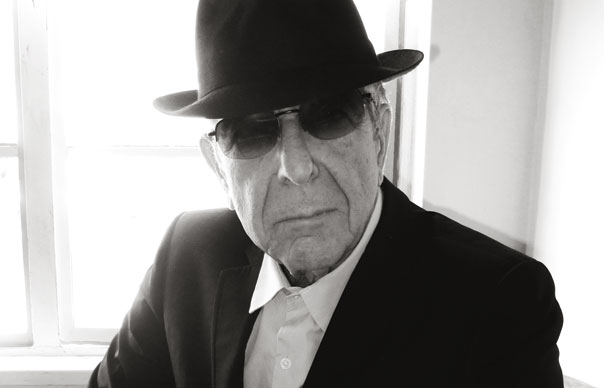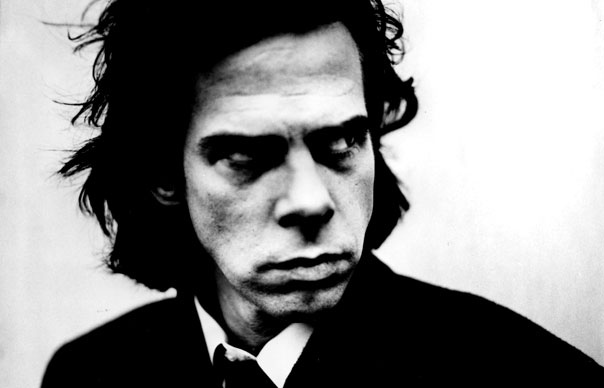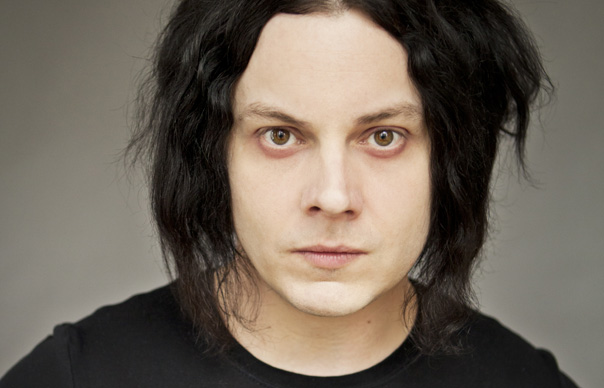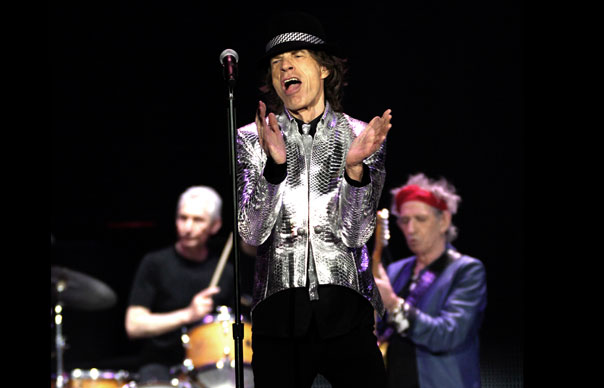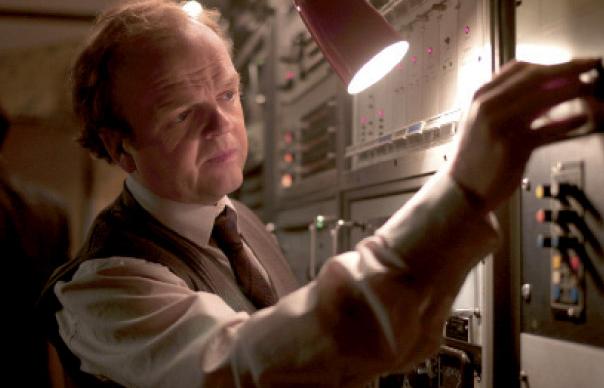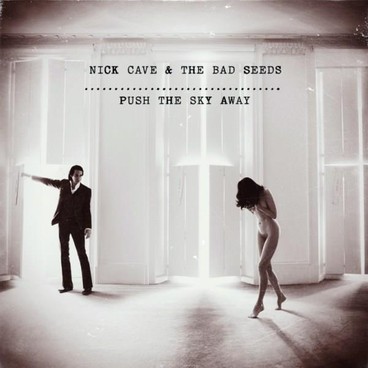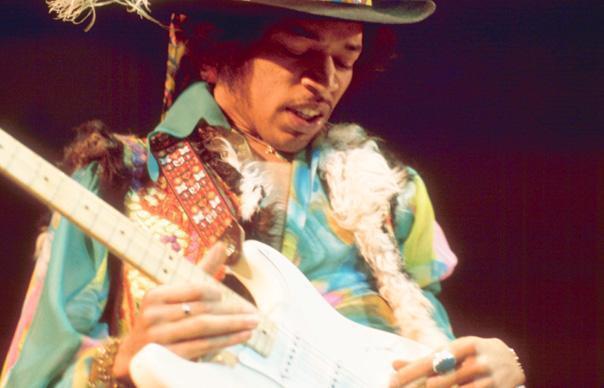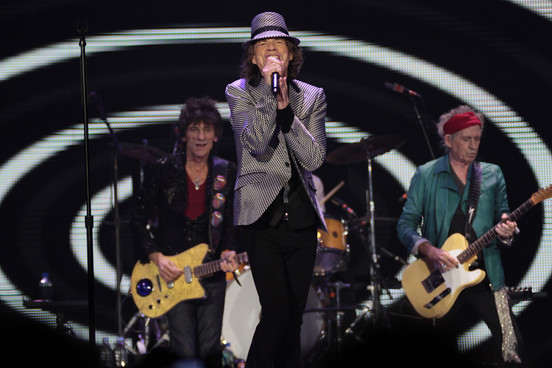The director of a new film profiling Ginger Baker is interviewed in the new issue of Uncut (dated January 2013, and out now), explaining why the Cream drummer broke his nose during filming… As a companion piece, this week’s archive feature finds Baker’s former bandmate, Eric Clapton, providing a painfully frank account of his days in Cream – psychedelic drugs, 24-hour confrontations and their love of Pet Sounds included. From Uncut’s May 2004 issue (Take 84). Interview: Nigel Williamson
_____________________
Uncut: It’s often said that the model for the power-trio style of Cream was Buddy Guy’s band. Is that how you recall it?
Eric Clapton: I’d seen Buddy live and it was unbelievable. He was in total command and I thought, “This is it.” So yes. That’s where the idea came from. It seemed to me you could do anything with a trio – at least if you were a genius and a maestro like Buddy Guy. I was suffering from delusions of grandeur in that direction.
After the Bluesbreakers album, the “Clapton Is God” graffiti was already starting to appear round London, wasn’t it?
Around that period, yes. But I don’t take back what I say about delusions of grandeur, because once I stepped into the reality of trying to realise my musical vision with Cream, it just disappeared. On the first day of rehearsal with Jack and Ginger it was obvious to me that I didn’t have what it took.
How come?
Maybe I had something of the technical ability, or was at least heading in the right direction. But I didn’t have the confidence, or anything like it. I was seeing Buddy Guy and thinking, “I can do that.” But, in fact, I’d never really sung in my life. Only bits and pieces with The Yardbirds and a couple of times with John Mayall. I’d seen myself as the front guy with Cream. But when we got there, the reality was that Jack was easily the best equipped for that role. And that’s how it immediately evolved.
Jack was also the main songwriter, wasn’t he?
Totally, because he had a working relationship with Pete Brown (poet and musician who collaborated with Bruce on lyrics) and so he was coming to rehearsals with ready-made songs. It left me thinking, “Bloody hell, what am I going to do here?” So I turned to reinterpreting obscure blues songs, and Ginger came in with compositions with an African or an Afro-jazz feel. And that’s what Cream was all about, really. The amalgam of those three ingredients.
And the irony is you practically had to blackmail Ginger into letting Jack join Cream, didn’t you?
When Ginger invited me to join, I asked him who else was in the band. He said, “I don’t know yet.” So I suggested Jack. He said, “No, what did you have to go and mention him for?” I said, “Because I just played with him and he’s a great bass player and you guys played together with Graham Bond and Alexis, so I thought you’d be pleased.” And he said, “No, we don’t get on very well at all.” So I withdrew at that point. Then I said I would only go in with Ginger if he would go in with Jack. So he had to say OK.
Then, shortly after Cream started, The Jimi Hendrix Experience came along…
We were playing at the London Polytechnic the day Jimi arrived in England and Chas Chandler brought him to see us. He said he’d like to play. And he got up and played Howlin’ Wolf’s “Killing Floor”. Even today I don’t know many people who can play that. It’s a very, very tough piece of music. But Jimi did it and then he put the guitar behind his back and I thought, “My god, this is like Buddy Guy on acid.”
Did you feel threatened by him?
I fell in love with him. I think Ginger and Jack felt threatened because they could see he was going to corner the market, for sure. But I felt an incredible sense of relief that there was somebody else on the planet who was as devoted to that music as I was. Of course, he was a showman. But he knew what the blues was about. I was really keen to get to know him and spend time with him. But he was an elusive guy and he wasn’t that available for friendship. I still don’t know what the real deal was with him or what his motives were or what the long-term plan was, or even if he had one. He definitely pulled the rug out from under Cream, though. I told people like Pete Townshend about him and we’d go and see him at different clubs and I wondered how he was going to make what he did work on record. Then we went off to America to record Disraeli Gears, which I thought was an incredibly good album. And when we got back no one was interested because Are You Experienced had come out and wiped everybody else out, including us. Jimi had it sewn ⌦up. He’d taken the blues and made it incredibly cutting-edge. I was in awe of him.
How heavily did psychedelic drugs impact on Cream’s music?
Very heavily. I don’t know how many times we tried to play while using acid, but there were a few. In America we were doing a lot of acid. We’d met Owsley, who made the stuff for the Acid Tests and the Grateful Dead, and he showed up at all our gigs. It went on after Cream for me, as well. I carried on experimenting.
Looking back, what do you think was the legacy of Cream?
It’s an interesting question because I don’t really know. I’m not even sure what we really set out to do. My impression at the time was that we were scraping by. It was always, “What are we going to do now?” So we just jammed. The initial agenda was that Cream was going to be a dada group. We were going to have all these weird things happening on stage and it was going to be experimental and funny and rebellious. We said at the time it was going to be anti-music. But in the end we got such a kick out of just going to the instrumental part and seeing what would happen, that’s what we became known for. By the time we went to America, we’d play half-hour solos in the middle of anything. It wasn’t just “Crossroads”. We’d do it in any song. We got into a lot of self-indulgence and a lot of easily pleased people went along with that. It flattered our vanity, and after that I think we stopped trying.
Were Cream the fathers of heavy metal?
There was a band called Blue Cheer, who I think were probably the originators of heavy metal because they didn’t really have traditional roots in the blues. They didn’t have a mission. It was just about being loud. Cream were very loud, too, and we got caught up in having huge banks of Marshall amps just for the hell of it. But we had a really strong foundation in blues and jazz. Led Zeppelin took up our legacy. But then they took it somewhere else that I didn’t really have a great deal of admiration for.
Where did the more melodic influences – as on songs like “I Feel Free” – come from?
Totally from Jack. I’d never known any kind of musical scale, other than the strict blues scale. And I still find it hard to step out of that. Jack brought with him an immense experience of classical and jazz and popular music. Believe it or not, when Cream was evolving its ideology of what we wanted the sound to be, the thing we were listening to most, apart from the blues, was Pet Sounds. Jack was very interested in Brian Wilson’s viewpoint, and saw it as the new Bach.
And the first single, “Wrapping Paper”, sounded nothing like Cream at all.
That was Jack again. When I heard the song, I said, “What is that?” And Jack said it was a great way to start a power trio by giving people something they really didn’t like or expect or want. I loved the idea of that. I thought, “Yeah, that makes sense to me” [laughs]. Jack has always had the most beautiful melodies. That man’s solo albums after Cream were amazing, too. Songs For A Tailor – what great writing that was, with stuff like “Theme For An Imaginary Western”. Just fantastic.
Your own writing also began to blossom along more melodic lines, with songs like “Badge”.
Well, I owe that to Jack. It was his influence, although I’ve always had that lyrical thing in me. “Badge” was probably my first attempt to put it down. It goes right back to my liking Joseph Locke and very traditional forms of singing and music as a kid. When I’m writing now, I always have to censor myself not to go too far in that direction. I have to try hard not to let it get too sweet.
Along with Hendrix’s “Burning Of The Midnight Lamp”, “Tales Of Brave Ulysses” on Disraeli Gears must have been one of the first records to use a wah-wah pedal. How did that come about?
I picked it up at Manny’s guitar shop in New York, I think. They said that Jimi had one and so that was enough for me. I had to have one, too. I loved it because it sounded like someone talking and it reminded me of Sparky and those kids records with all the effects. “Tales Of Brave Ulysses” was very much a part of the 1967 hippie thing, because the words were written by my flatmate, Martin Sharp, who also did the cover designs for the Cream albums. It’s got this guitar line that I thought no one had ever done before, but in fact it’s exactly the same as “Summer In The City”. Maybe I subliminally ripped it off from that, because I adored The Lovin’ Spoonful. But it seemed like it was so easy to write, and with the wah-wah pedal and Martin’s incredible lyrics, I felt like I’d really made some kind of a breakthrough there.
Why did Cream split up?
Well, the workload was pretty severe. We were playing six nights a week and I lost weight until I was about nine stone and I looked like death. I was in bad shape. It wasn’t so much self-abuse as self-neglect. I think that all added to the psychology of the situation, which was pretty tricky at the best of times. Ginger and Jack were dynamic characters and pretty overwhelming. It felt like I was in a confrontational situation 24 hours a day. Half my time was spent trying to keep the peace. And on top of that you’re trying to be creative and make music. I was calling home to Robert Stigwood, our manager, and saying, “Get me out of here – these guys are crazy. I don’t know what’s going on and I’ve had enough.” He’d always say to give it one more week. That was bearable as long as there was no visible alternative. But when something came along that showed another way, that was it for me.
And when did you find the alternative?
When I heard The Basement Tapes. I heard them first from a friend in London called David Lipenhoff. He told me about this band who had been called The Hawks and how they were now hanging out with Dylan. I’d missed all that because I wasn’t a big fan of Dylan at that time. But I heard The Basement Tapes and it sounded like they’d jumped on to what I thought we ought to be doing. That was what I wanted us to sound like and here was somebody else doing it. After that another friend played me Music From Big Pink. It shook me to the core. The first time I heard it was under the influence of some pretty powerful Mexican weed and that exaggerated it all the more.
Why was that such a turning point?
Because I felt somebody else had achieved what I’d set out to do but which had got lost with Jack and Ginger. Cream had achieved something else, in retrospect. But I wasn’t happy to recognise that at the time because I had this other kind of mission in mind. The Band had done it without even trying, and I harboured that as a weapon of resentment against Jack and Ginger, who had a lot more respect for what we were doing than I did. But it’s one of my character defects that the best party is always down the road. When I get what I want, I don’t want it any more. I really wasn’t happy, and I used The Band as a lever to say I’d had enough.
Did you talk to The Band about working with them?
I went to visit Robbie Robertson and all of them in Woodstock. Dylan was there, too. I spent a day with them. But it became quite obvious to me I was on a different planet to these guys. I had an Afghan jacket and curly hair and pink trousers. They looked like The Hole In The Wall Gang. They had a very closed scene. I wanted to be part of it. But there was no way in. There was no room. So all I could do was admire it from afar and long for something similar.
Could Cream have gone in the same direction as The Band?
I was absolutely certain if we had engaged the assistance of Steve Winwood we could have gone in that direction, but done it in a very English way. In fact, he’d already started to do that with Traffic and the concept of a communal, family band. At first, I hadn’t understood that. I think I even had a contempt for what they were doing. But later I realised Traffic were the English version of The Band. I’d been trying to get Steve in for ages. I think I must have talked to Jack and Ginger about it. But he was rooted in what he was doing in Traffic. Then suddenly something happened there and he was available. Which is how Blind Faith was born.
Picture: Roz Kelly/Michael Ochs Archives/Getty Images




